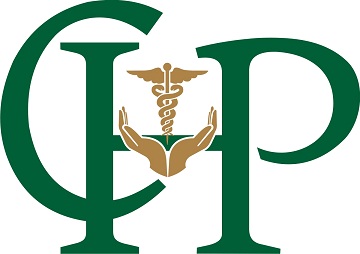Events of CHP

Patna, June 8. The Registrar General of India (RGI) released special bulletin on estimates of Maternal Mortality Ratio (MMR)for the period of 2014-16. The MMR is defined as ‘the number of maternal deaths per 100,000 live births’. A sharp decline of 22% in MMR was observed, which brought down MMR to 130 at the national level. It is encouraging to observe that the state ofBihar witnessed a sharp decline of 43-points(20.7%) in MMR during this period.In absolute term, Bihar continues to outperform all other states in the Empowered Action Group (EAG) and Assam since 2003. Current level of MMR in Bihar is 165, which is the lowest among the states like Uttar Pradesh, Uttarakhand, Rajasthan, Madhya Pradesh, Chhattisgarh, Odisha and Assam. Additionally, decline of MMR for Bihar has always been comparable with decline in national average since 2003.
The Centre for Health Policy (CHP), ADRI, Patnaview this achievement as phenomenal, considering overall socio-demographic, economic and other development challenges in Bihar. The experts of the CHP, ADRIopined that ‘MMR is one of the strongest indicators of overall social development, women’sstatus in the society and,more importantly, functionality and responsiveness of health systems in any geographic area’. Persistent improvement in MMR and Infant Mortality Rate (IMR) as compared to other EAG states reiterates the fact that the public health systems in the state is performing quite well, especially in delivering maternal and child health services. As per NFHS-2015 report, around 50% of the deliveries are conducted at public health facilities, which translates to nearly16 lakhsdeliveries.In spite of challenges of shortage of trained human resources, especially,doctors, GNMs and ANM, the performance of public health care delivery in is really commendable. The health department and state health society of Government of Bihar (GoB) must be credited for this performance. At grassroot and facility level, GNMs and ANMs working in the public health systems are real champions behind this success story.
Nevertheless, the decisive call by the state government to empower women such as focus on women’s education, empowerment and self-help group movement through jeevika platform must have played important role in sustained improvement in maternal and child health care. In addition, the role of development partners supporting the health department to improve quality and efficiency at all level is also an important factor.